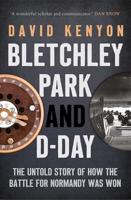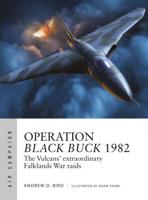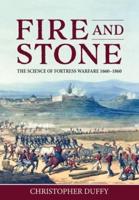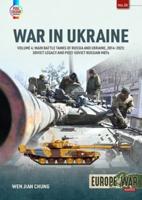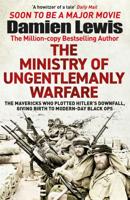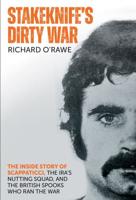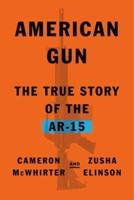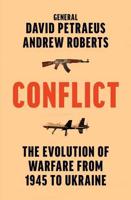Publisher's Synopsis
Formed on 1st December 1917, 115 Squadron did not see action until it arrived in France in September 1918, when it commenced bombing operations against German industrial targets for what remained of the Great War. Following its return to England, the squadron was disbanded in October 1919, and spent most of the inter-war years 'on the shelf'. Reformation took place on 15th June 1937 at Marham, with the squadron initially being equipped with the Fairey Hendon and then Handley Page Harrow bombers, until on 3rd April 1939 it re-equipped with the Vickers Wellington.As one of 3 Group's front-line bombing units, 115 Squadron spent the last few months of peace preparing for the impending conflict. After a low-key beginning the squadron then moved to the forefront of the Group's operations for the remainder of the war. The Wellington was phased out and 115 Squadron became the first in Bomber Command to take on charge the Hercules-powered Lancaster Mk.II. This was replaced in 1944 by the iconic Merlin-powered Mks I and III Lancasters. Operating successively from RAF stations at Marham, Mildenhall, East Wretham and Little Snoring, in November 1943 the squadron settled at Witchford, near Ely in Cambridgeshire, from where it saw out the remainder of the conflict. Its battle honours were forged in the heat of all Bomber Command's major campaigns over Occupied Europe, including The Ruhr, Berlin, Overlord, and the Oil and Transportation Plans.By the end of hostilities, 115 Squadron had participated in 678 bombing and mining raids, totalling 7,753 sorties. In doing so, the unit lost 208 aircraft on operations, the highest total in Bomber Command. 115 Squadron still serves today's Royal Air Force, one of the few that can trace their origin back to the Great War. Chris Ward's profile of this venerable unit covers the hardest days of its history, the Second World War, from which it emerged bloodied but unbowed.



